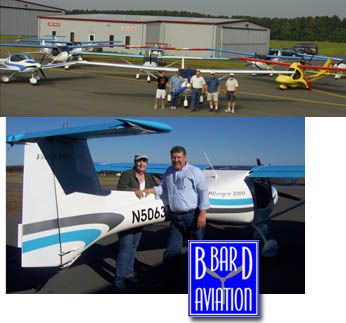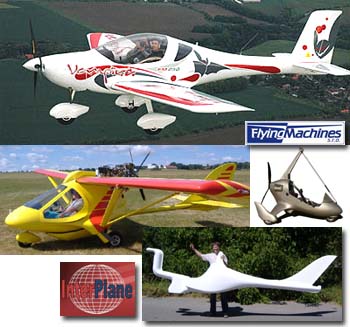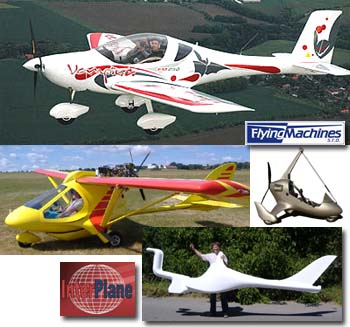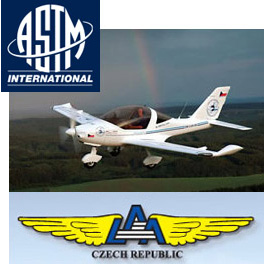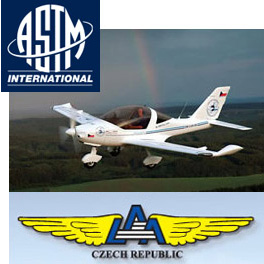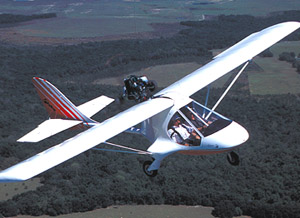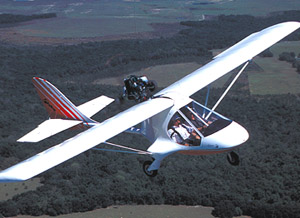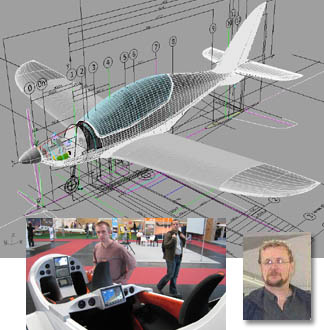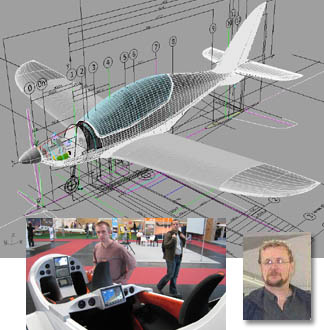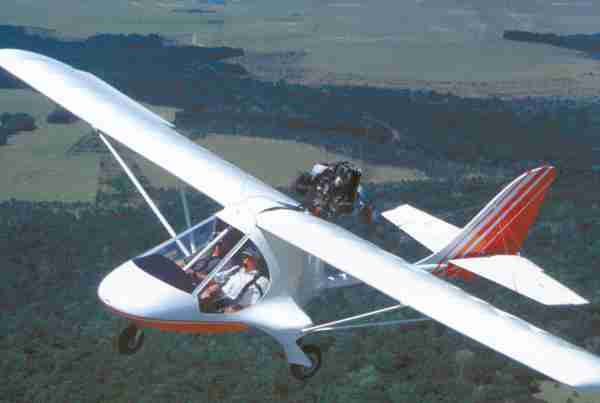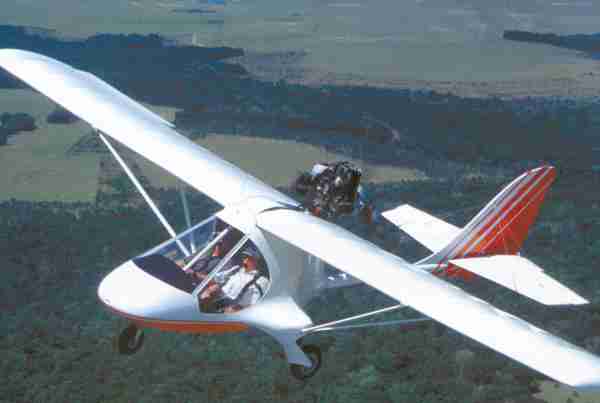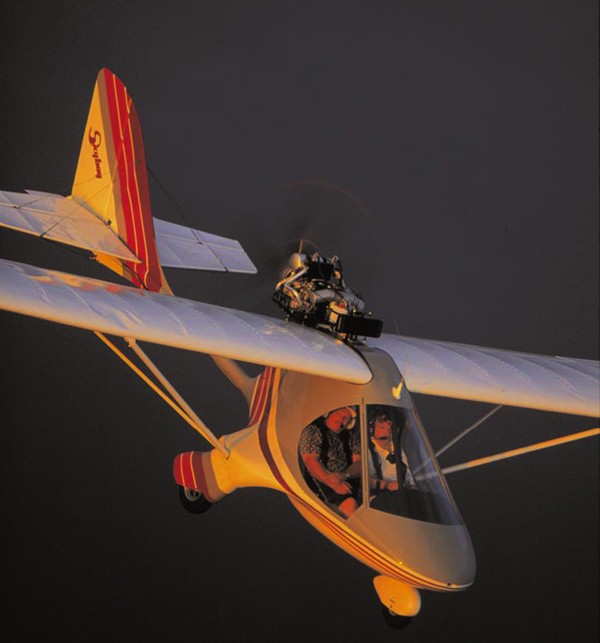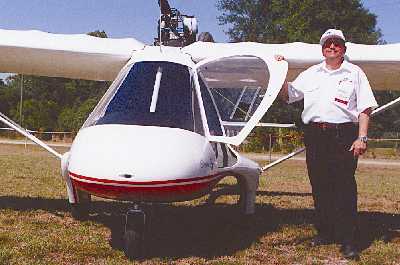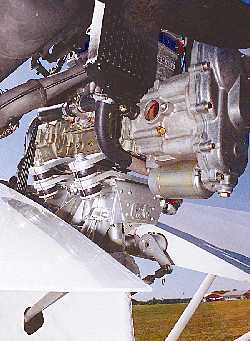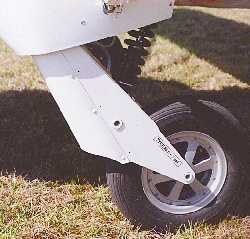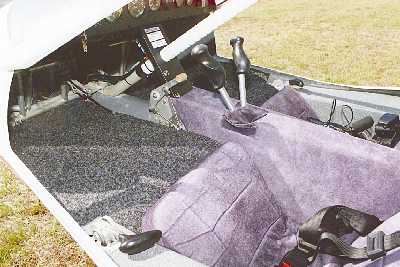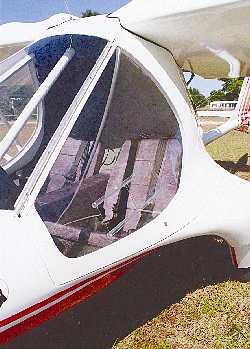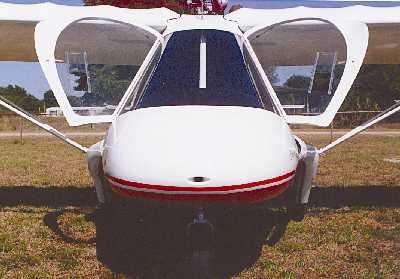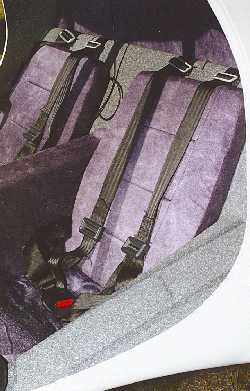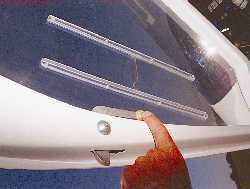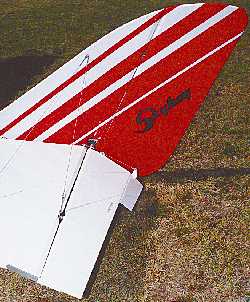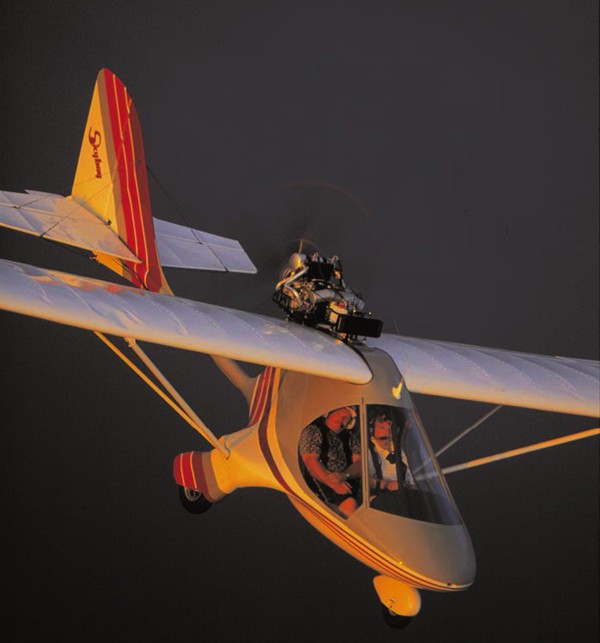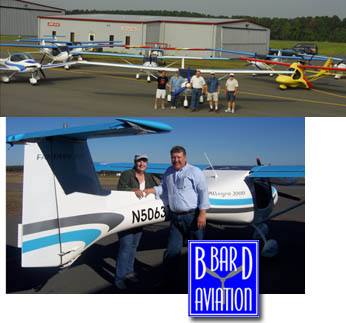
Fantasy Air USA and LSA America in central North Carolina sell three SLSA: Interplane SkyBoy, Fantasy Air Allegro 2007, and Flying Machines Mystique. They’ll soon also have the Part 103 ZJ Viera. *** In addition to distributing LSA nationally, Fantasy Air USA runs a profitable flight training operation. Proprietors Doug and Betty Hempstead report 33 students have completed training with an average of 28 hours to obtain their Sport Pilot certificate. Using the Allegro at $70/hour + $30 for a flight instructor, they’ve kept the cost below $3,000 — compared to $8,000 or more to get a Private license. Doug reports average burn of just 2.5 gph during instruction (training is flown slower than cruise speeds). Many students drive 1-4 hours to obtain training, though a map on the office wall shows a growing network of Allegros used in flight training.


